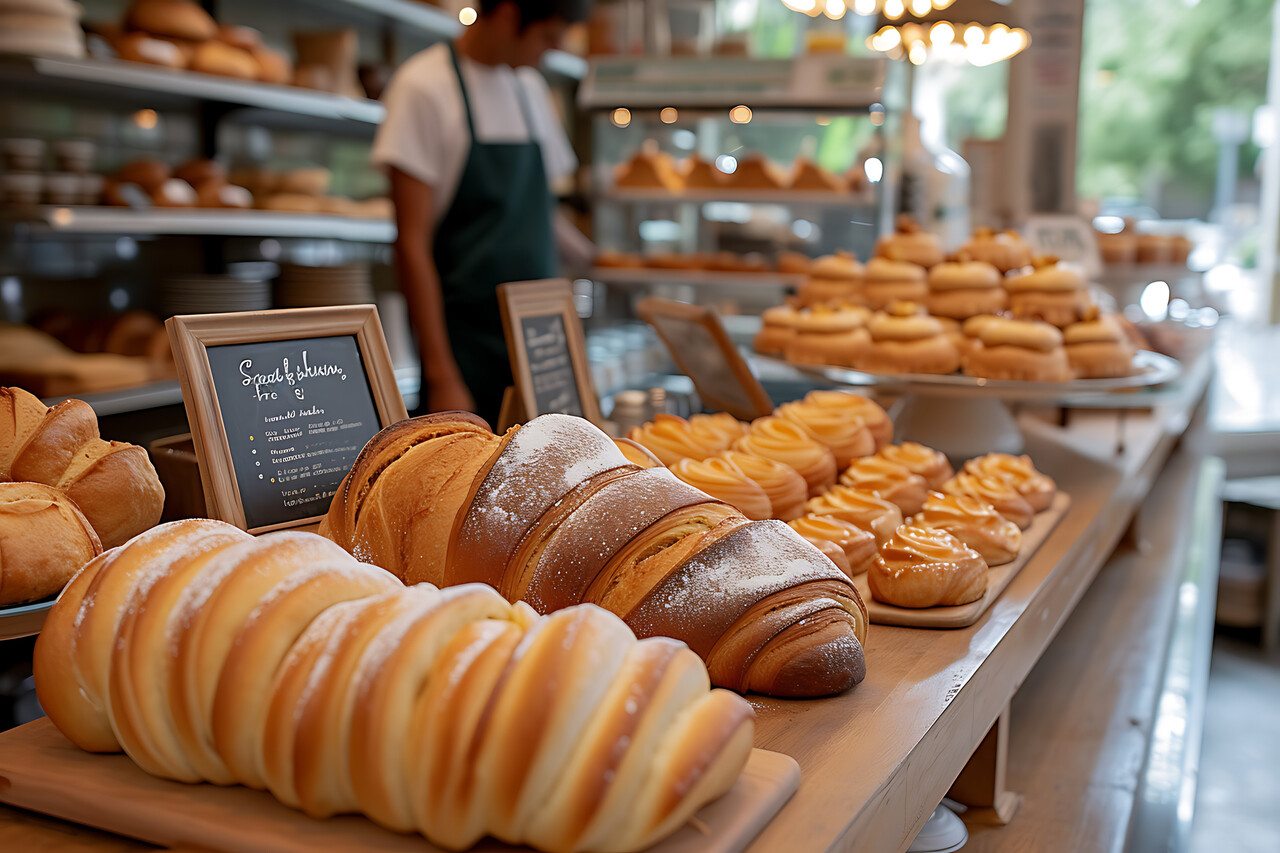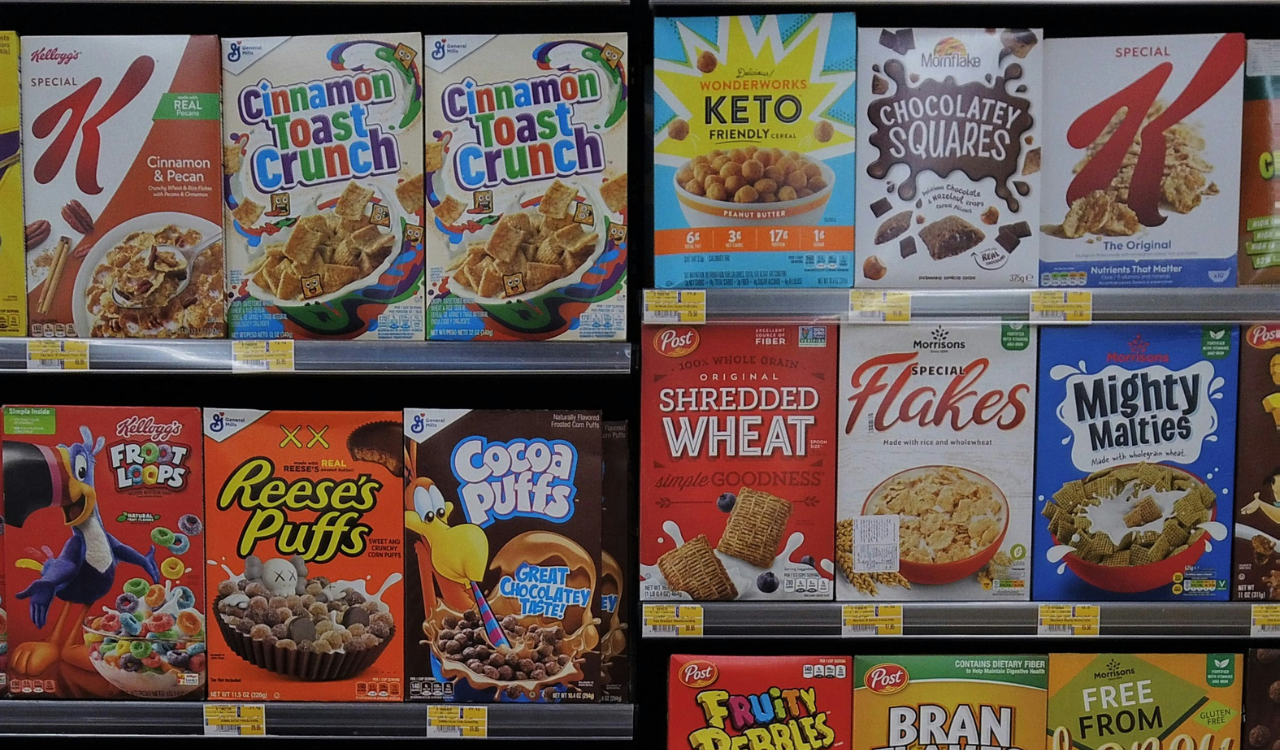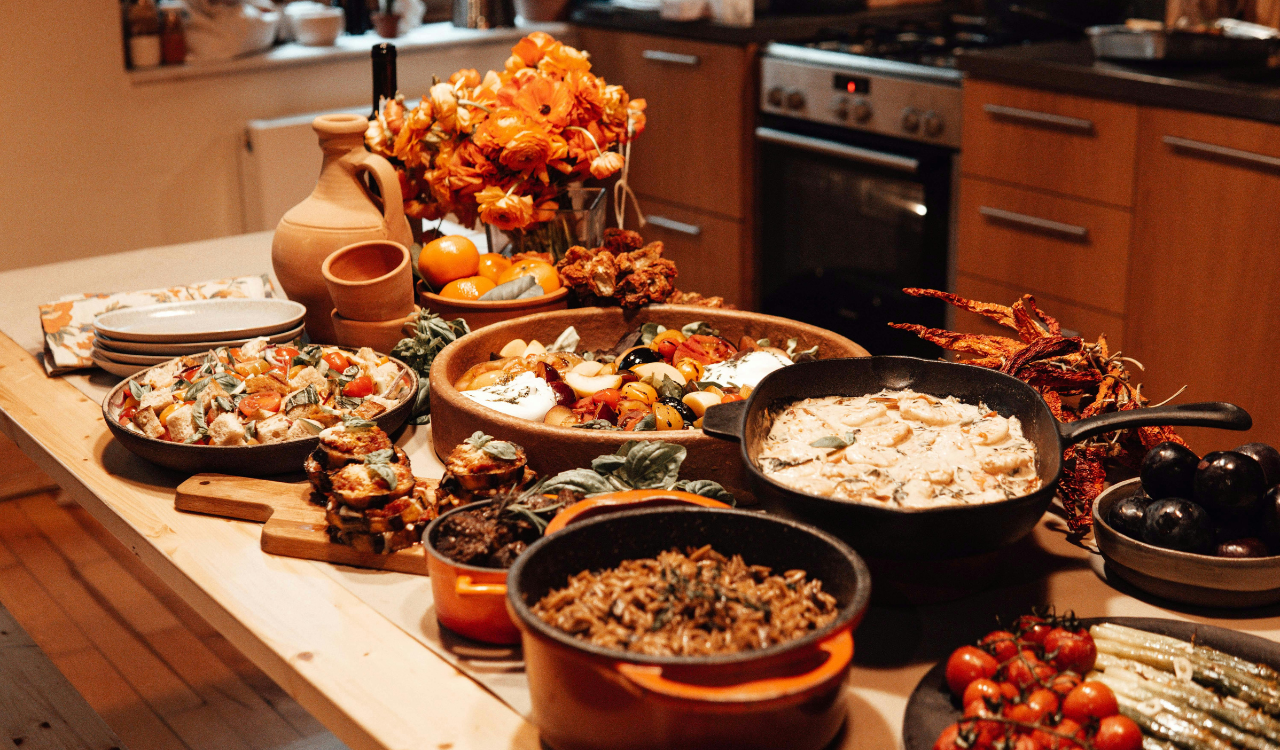10 Dishes Soldiers Ate During the Civil War
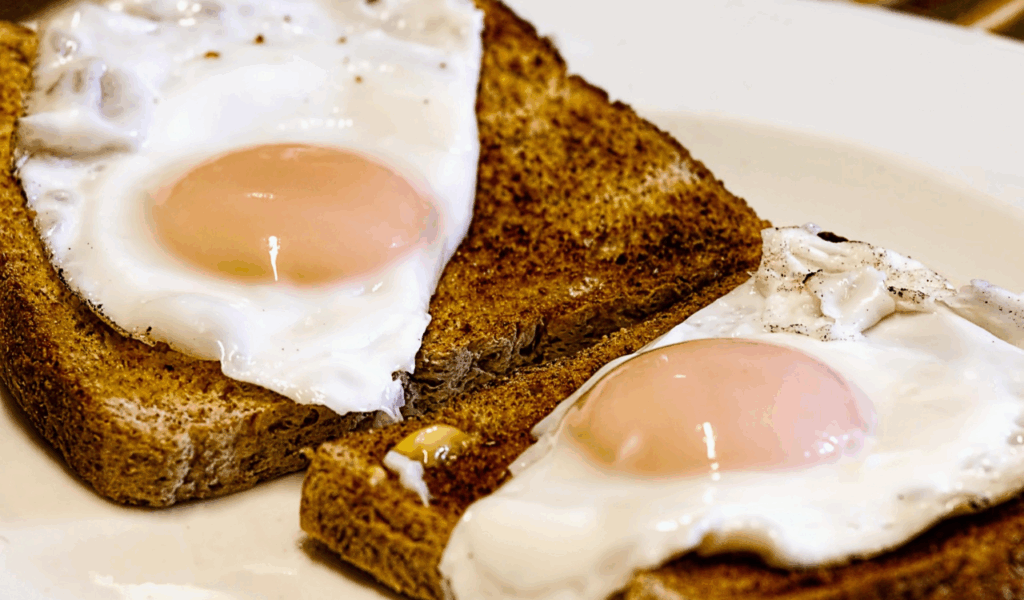
Hunger, scarcity, and the harsh realities of survival were all factors in the Civil War, which was more than just a conflict between armies. In order to survive difficult campaigns, soldiers’ food during this time was frequently scarce, monotonous, and heavily preserved. Union and Confederate soldiers in the Civil War survived on a few basic foods despite the harsh circumstances. Although these meals were prepared for practical reasons rather than for enjoyment, they provide a striking depiction of life on the front lines during the war.
1. Hardtack.
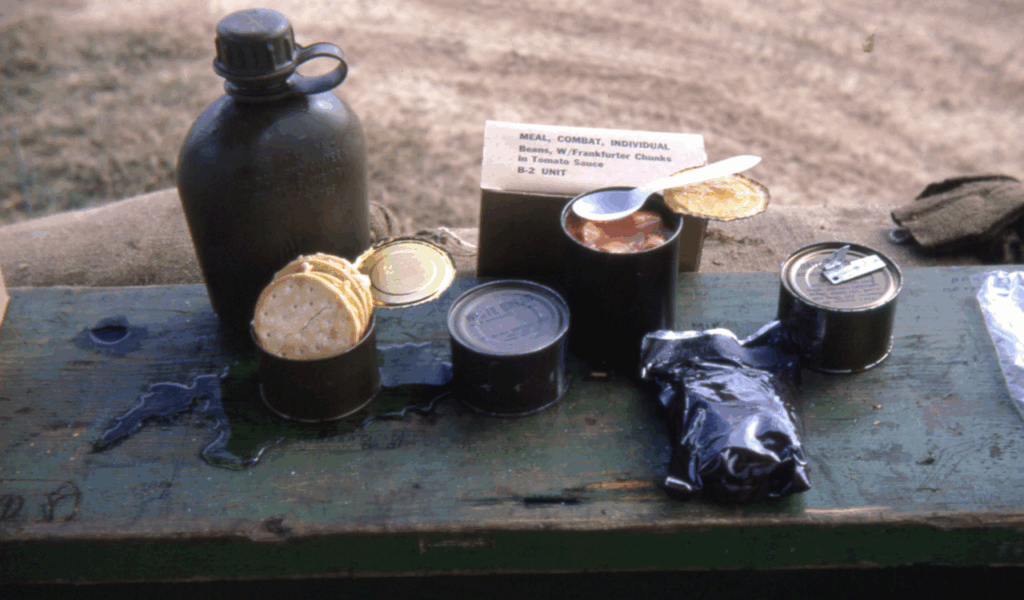
The most famous food item associated with the Civil War was hardtack, which is essentially a rock-hard biscuit made with flour, water, and occasionally salt. It was ideal for long marches and storage because it was affordable, strong, and practically indestructible. However, because of inadequate storage, it frequently developed mold or weevil infestations. Soldiers soaked it in soup or coffee to soften it. Despite its unappetizing taste, hardtack served as a source of essential calories and came to represent the struggles endured by those in the ranks.
2. Salt Pork
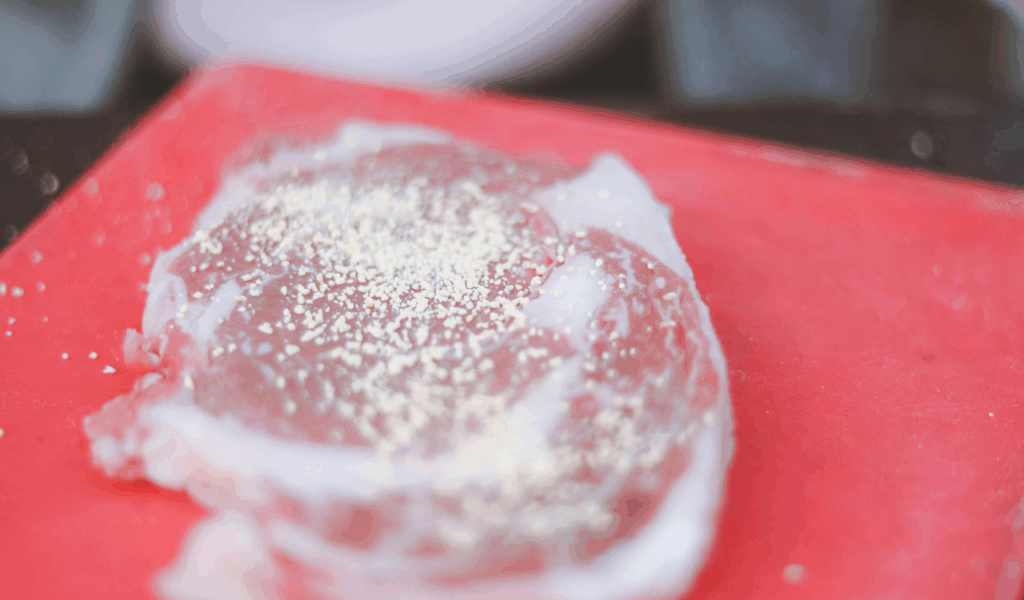
Soldiers’ main meat ration was salt pork, which was kept in a strong brine to keep it from going bad. It was salty and fatty and could be added to stews, boiled, or fried. During lengthy campaigns, its high fat content gave you energy, even though it wasn’t always tasty or lean. It had to be boiled or soaked before it could be eaten, and it was frequently served in barrels. When fresh meat was scarce or unavailable, salt pork was regarded as a dependable source of protein despite its simplicity.
3. Coffee
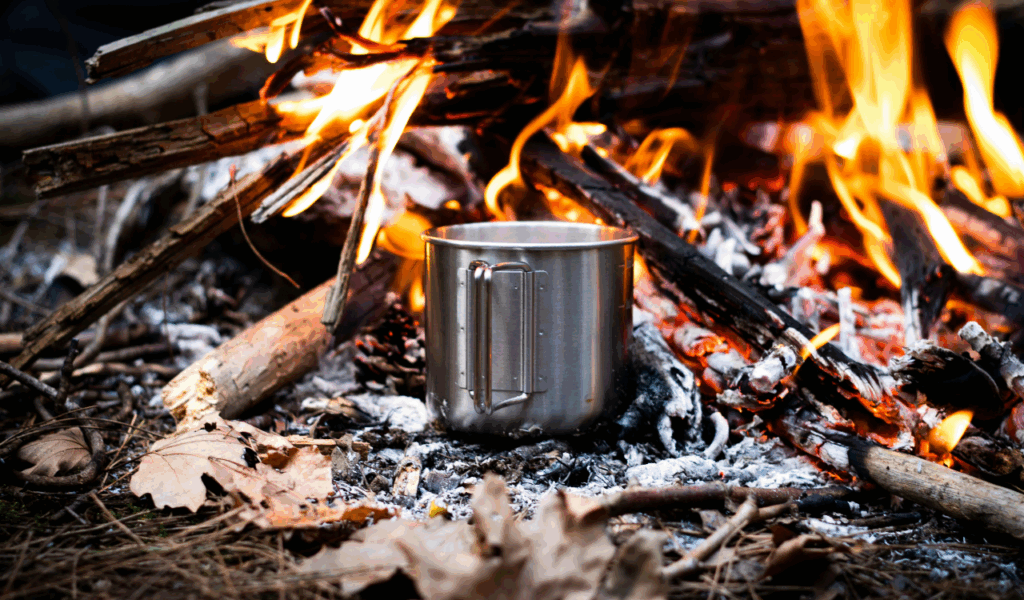
For Union soldiers, coffee was a staple that was highly sought after and frequently valued even more than food. When available, soldiers were given roasted beans, which they brewed in tin cups over campfires. It brought warmth, comfort, and a morale-boosting caffeine boost. Blockades forced the Confederates to use roasted corn, chicory, or acorns as coffee substitutes. Soldiers fiercely defended the daily ritual of a hot cup, whether it was real or fake.
4. Cornbread
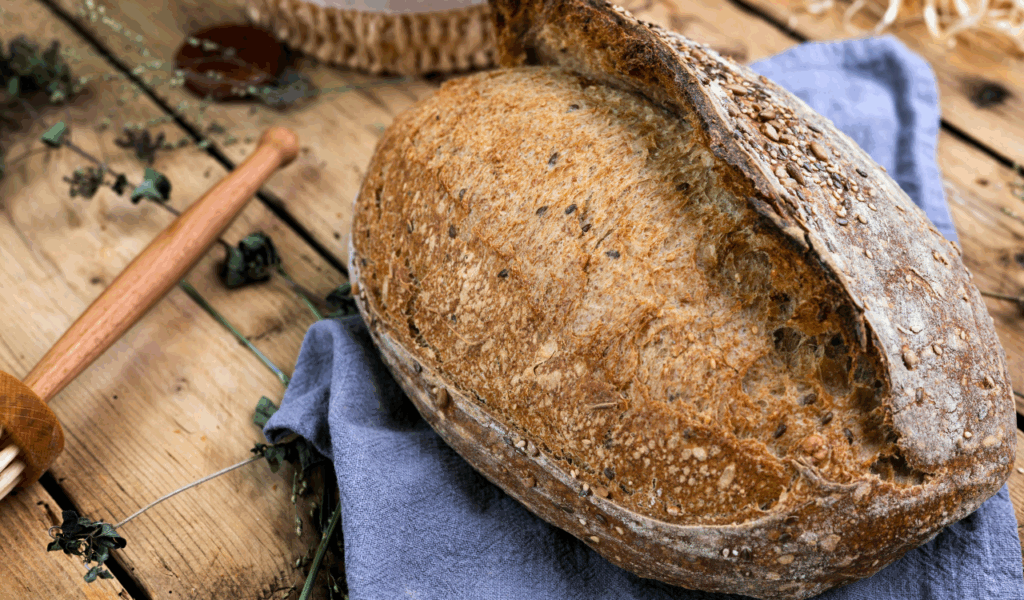
Confederate soldiers, particularly those from the Southern states, frequently ate cornbread. Compared to wheat-based bread, it was simpler to make locally using cornmeal, water, and occasionally bacon or lard grease. It was frequently served with other rations like beans or salt pork and could be baked over coals or in plain pans. Compared to hardtack, cornbread had a stronger flavor and could be prepared fresh with few ingredients, providing some solace during otherwise dismal mealtimes.
5. Slapjacks or Campfire Pancakes
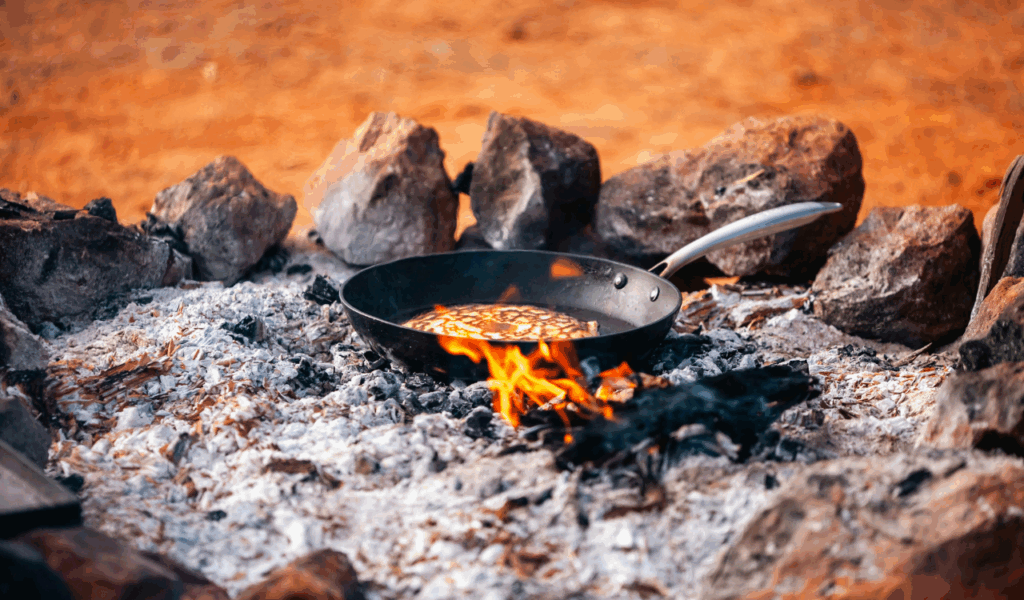
These were simple pancakes that were cooked over an open flame using flour, water, and occasionally baking soda or salt. Soldiers would make do with whatever was available when supplies were scarce. Slapjacks were a pleasant diversion from the routine of salted or dried foods and were comparatively easy to make. The warm texture and scent provided a psychological boost, despite their lack of sweetness. Sometimes, if there was syrup or molasses available, it was added.
6. Bean Soup
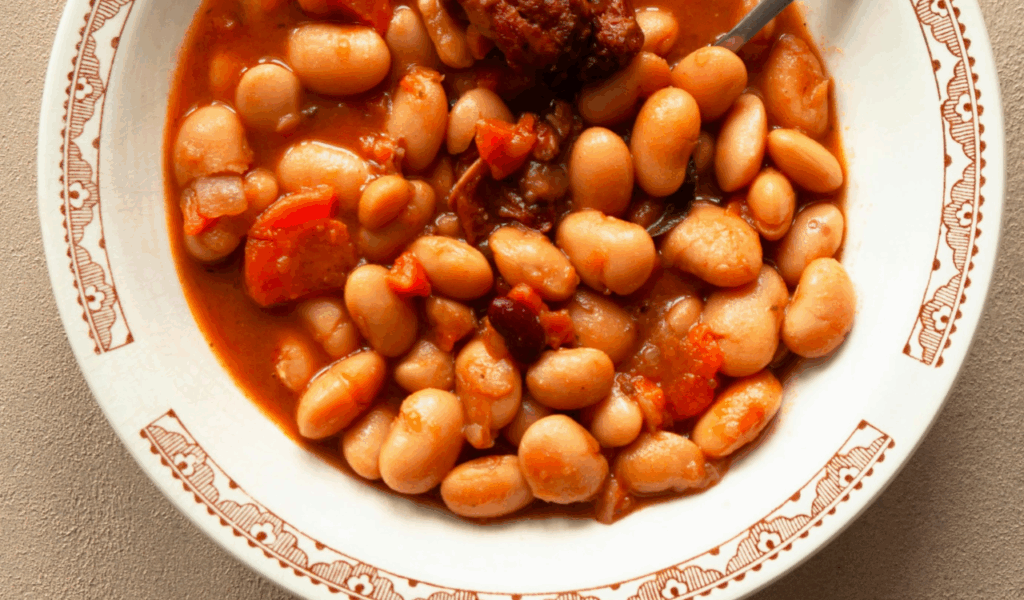
A useful and healthy food that was frequently provided in army camps was bean soup. Beans could be stretched into large portions, were high in protein, and were portable. Warmth and nourishment were provided by the soup, which was usually prepared with salt pork, onions, or dried herbs when available. While Confederate supplies were less reliable, Union troops were more likely to have regular access to beans. Bean soup, however, remained a mainstay that fueled long marches and helped fill bellies.
7. Desiccated Vegetables
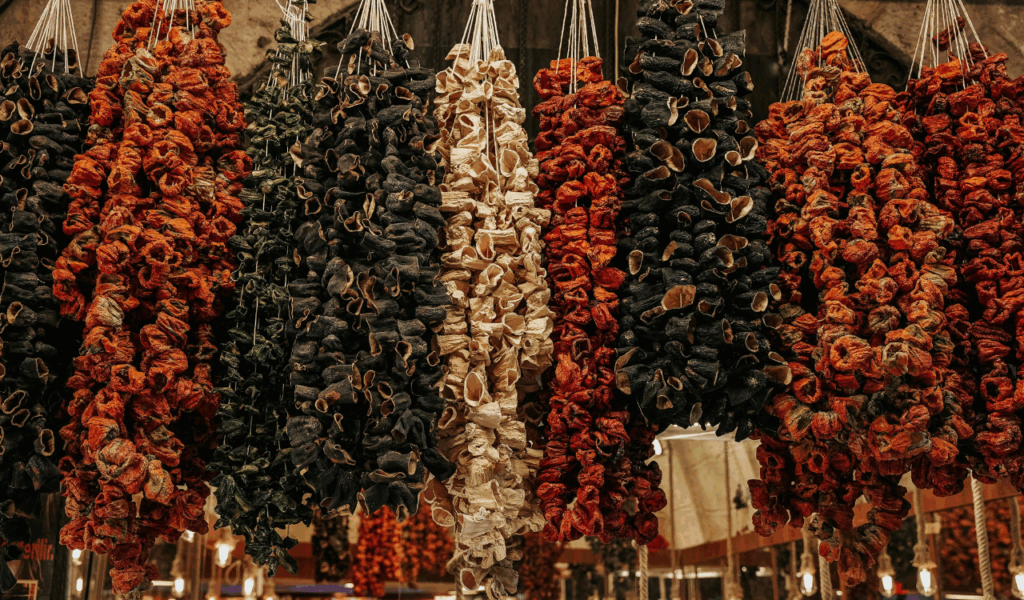
These were compressed, dried vegetable blocks composed of potatoes, turnips, carrots, and cabbage. They were developed to give soldiers without access to fresh produce vitamins and fiber. When rehydrated in boiling water, they became a nutritious but sometimes unappetizing soupy mixture. Desiccated vegetables were known as “desecrated vegetables” because of their appearance and flavor, but they were crucial in preventing malnutrition and scurvy.
8. Johnnycakes
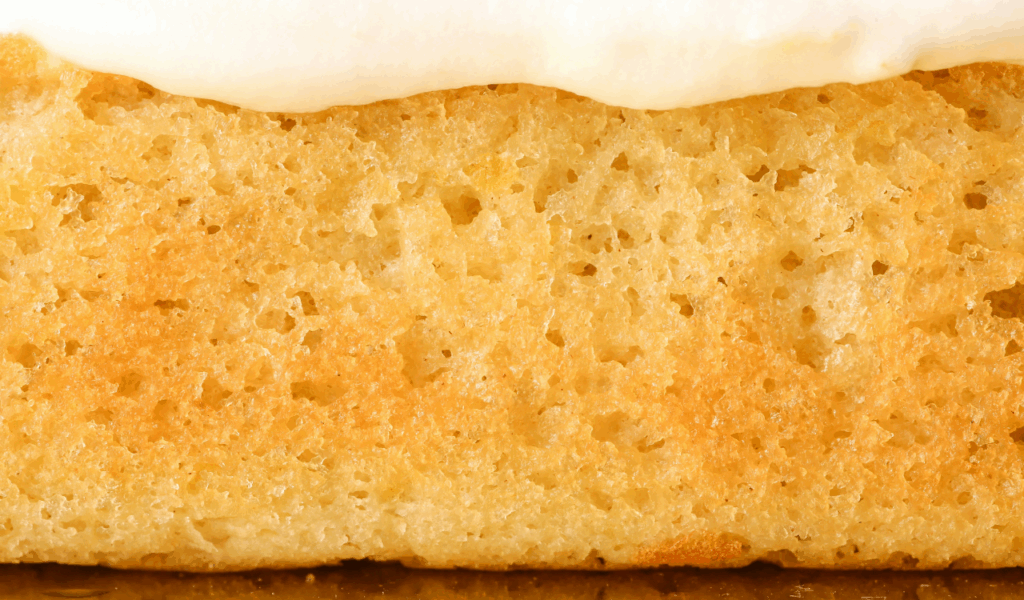
The ingredients for journey cakes, or johnnycakes, were cornmeal, water, and salt. They were then baked or fried. They were portable and resembled flatbread. Johnnycakes, which were popular in both the North and the South, only needed a few ingredients and could be prepared on a hot stone or in a skillet. They weren’t elegant, but they were versatile and satisfying. When available, sugar or milk was occasionally added to make them a little more palatable during protracted campaigns.
9. Stewed Apples or Dried Fruit
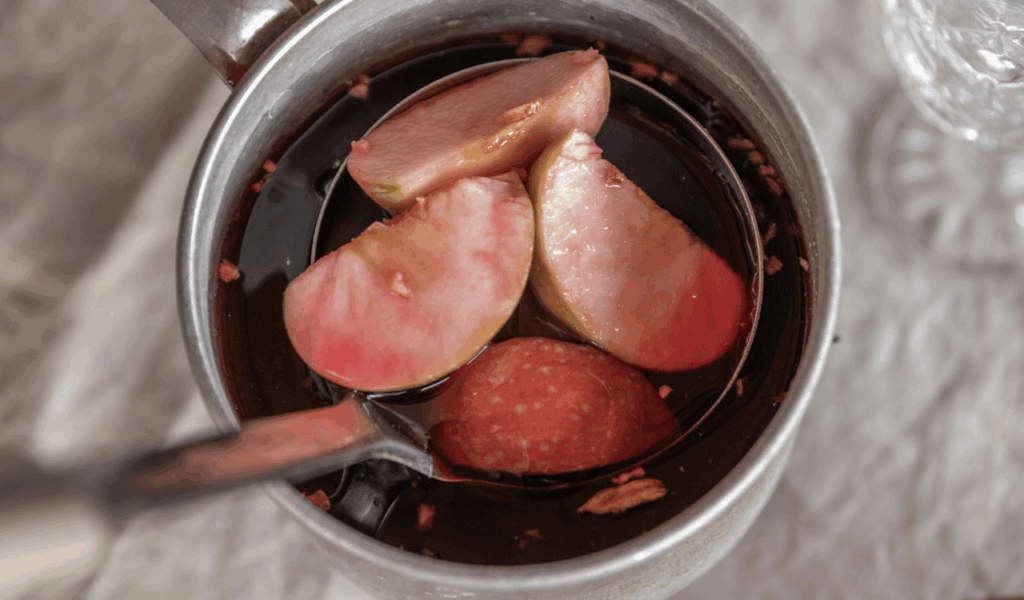
Rations occasionally included dried apples, peaches, or other fruit. They became a rare sweet treat when stewed in water and sugar, if available. Dried fruits had a longer shelf life and were simpler to transport. They were prized for their nutrients as well as their flavor, particularly in situations where fresh produce was not available. In an otherwise harsh and boring meal routine, soldiers looked forward to these sweet moments.
10. Rice and Molasses
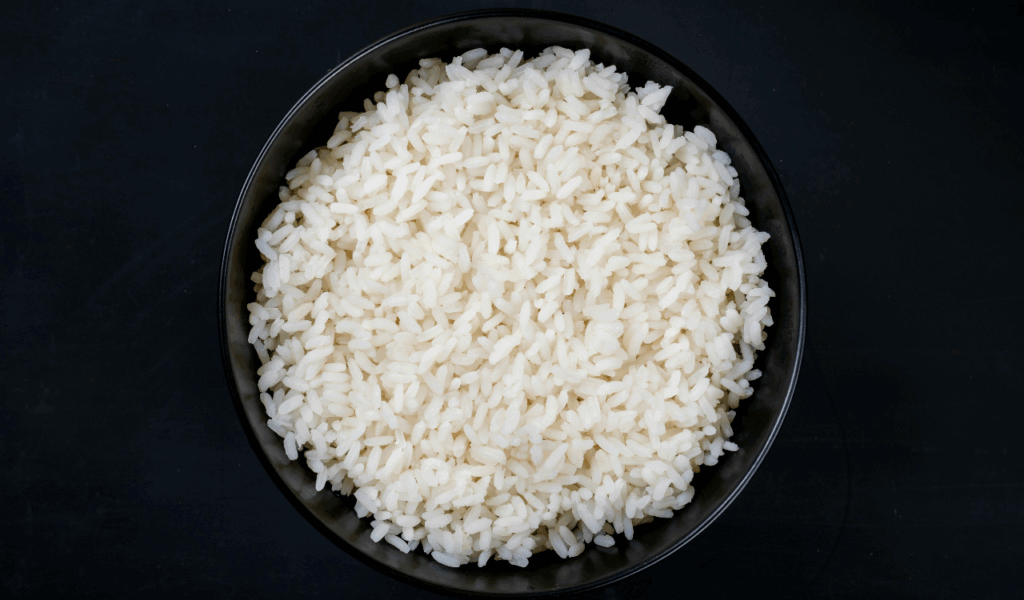
Particularly in Southern camps, rice was a staple starch ration that could be made into a simple dessert by mixing it with molasses. Carbohydrates and an uncommon hint of sweetness were provided by this straightforward dish. It was simple to make, consisting of boiling rice and stirring in molasses, and was occasionally eaten for breakfast or after dinner. For many soldiers, it was a luxury—a reassuring moment in uncertain times—even though it might not seem indulgent today.


